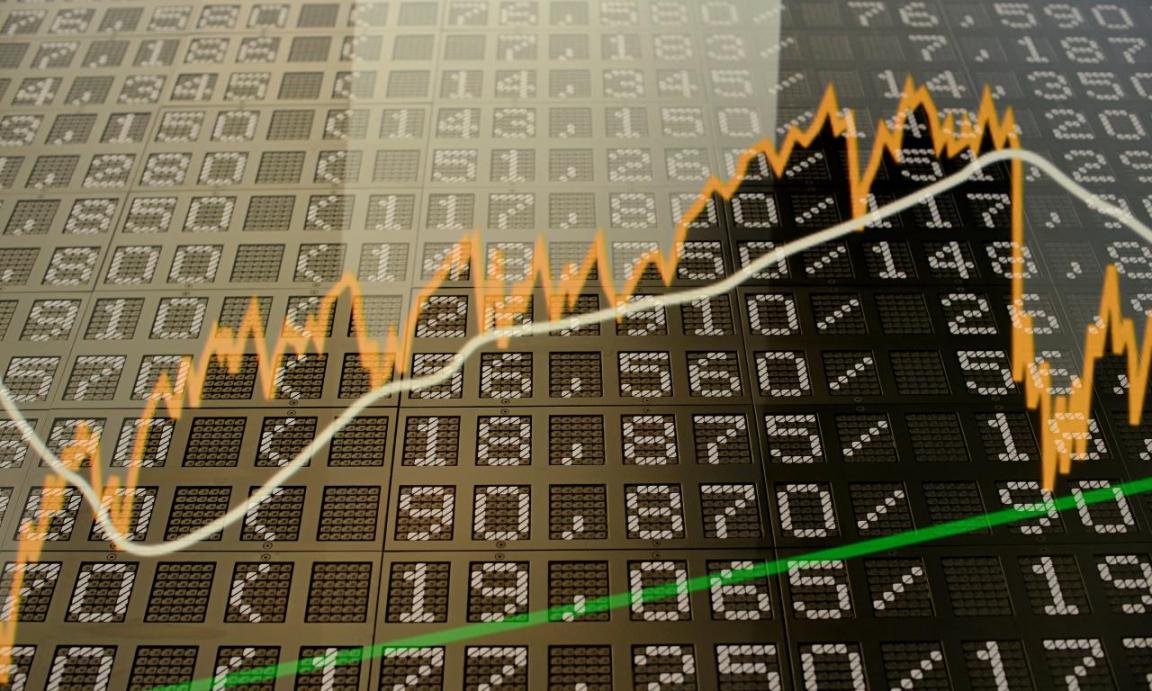Data about the prospect of the economy after the recent free fall in oil prices underscores a new wave of nervousness that has overtaken the Tehran Stock Exchange (TSE) in the wake of the equity market’s recent downtrend.
The Organization of Petroleum Exporting Countries’ announcement on Thursday dashed hopes of an output cut that could boost prices. This development is seen by some experts as a good reason to draw a gloomy outlook for Iran’s economy. Moreover, unsettled investors are mulling over taking their cash out of the equity market, a move that’s been triggered by Monday’s extension of the nuclear talks between Iran and the P5+1, and they still rely on unofficial market expectations.
Adding to the market stress is the depreciation of rial against the major foreign currencies, which may endanger the listed companies at the TSE, especially those involved in the import of raw materials or other commodities.
Following the analysts’ expectations, stock market investors were supposed to start trading on Saturday apart from overreactions. However, an early uptrend at the TSE halted, with investors failing to distinguish between the right choice and emotional decision-making.
According to TSE data, the market’s benchmark was off to an upward trading start, although prevailing ambiguities heavily weighed on investor sentiment, triggering a drastic shift that pushed the TEDPIX to record another negative close as has been the case over the past few days.
The high expectations of individual and institutional investors pushed the TEDPIX down to notch a fresh decline, recording the third negative consecutive trading day.
As uncertainty emerged from the mixed news spooked the investors once in the wake of new downtrend, all indices were affected, contributing in full to push the TSE’s gauge further into red.
The benchmark set another broad wipeout, after plunging 830 points or 1.12 percent to 73,245.3. The first market index was down 622.8 points or 1.14 percent to settle at 54,149.4. The second market index tumbled 1,562.9 points or 1.08 percent to stand at 142,830.1. The free float index slipped 968.6 points or 1.13 percent to end at 84,412.8. The industry index dropped 548.9 points or 0.89 percent to finish at 61,217.5, and the blue chip index slumped 67.5 points or 1.97 percent to 3,306.1.
Although a downward trend dominated Saturday’s trading, the trade volume briefly ticked up, however, trade value recorded a dramatic hike, after almost 1.4 trillion shares were traded valued at 3.58 trillion rials.
Wax and Wane
Pars Khodro recorded the highest volume of trades, with 1.34 percent positive contribution to the TSE’s gauge. Saderat Bank took the second place, although it negatively weighed on the TEDPIX.
Most of the stocks waxed and waned during the day, failing to set off the losses, although Pars Oil Company, Fars and Khuzestan Cement Company, and Bahman Group topped the list of most positive contributors.
The stock market erased most part of its recent gains, heightening fears among shaky investors that the existing fluctuations would persist.
It has been thoroughly emphasized by most market analysts that the recent broad retreat is mostly due to the investors’ behavioral mistakes, namely the ‘availability bias’, as they tend to exaggerate the probability that something will occur in the near future.
A long-term approach toward the equity market investment is essential, though as a prevailing behavior among most of the investors, they prefer to gain from their short term investment, something that is expected to dramatically increase the investors’ vulnerability to shocks.
In spite of the fact that some concerns exist and should be considered by the administration, there are some indicators to prove that the TSE will not grapple long with the bearish trend.
Iran is one of the last untapped frontier markets in the world. Considering the western sanctions on Iran nuclear program, the TSE is under the spotlight due to its high rate of return, easy procedures to get into the market, and various high-yielding companies with shares having already hit their rock-bottom value. As officials claim, the outlook of the nuclear talks is not dismal. Hence, the probability of the complete removal of sanctions is not beyond the expectations of investors.
The government is determined to avoid an imminent budget deficit, and help the economy to step out of recession. Furthermore, the capital market’s liquidity has dramatically surged, which can boost production.
Earlier this year, the government published its plan of action to exit recession. One main part of the package focused on the capital market’s role in financing the big enterprises across the country. Considering the market trend since August, the administration has achieved part of its goals.
According to analysts, some industries that are most prone to the fluctuations in the oil market may face serious challenges, while they are not usually expected to push the TSE off track.


